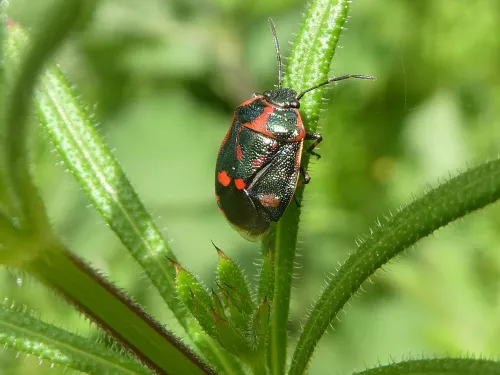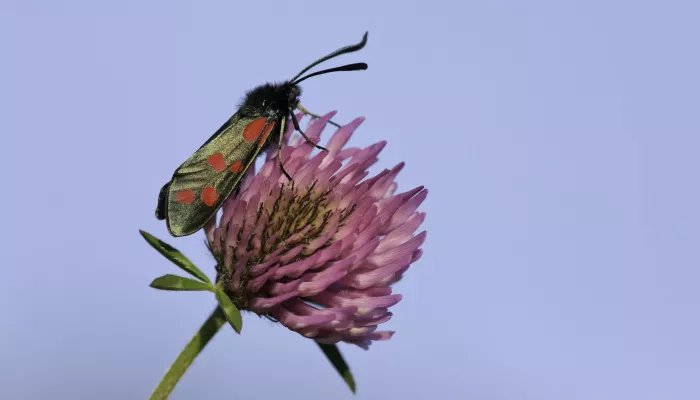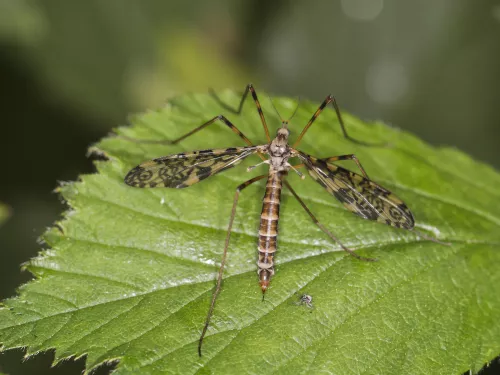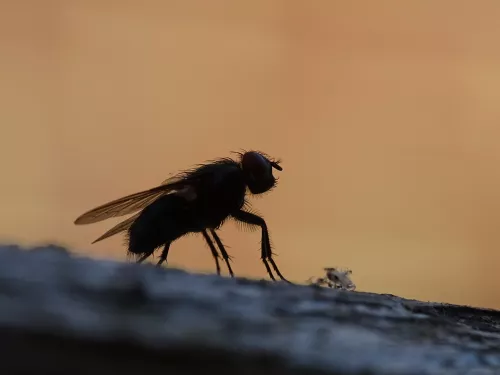
New data suggest that insect life continues to decline in Kent
The troubling extent of insect declines in Kent has been highlighted once again by the results of the 2025 Bugs Matter citizen science survey published today


The troubling extent of insect declines in Kent has been highlighted once again by the results of the 2025 Bugs Matter citizen science survey published today

As the summer holidays begin, the Bugs Matter 2024 survey, led by Buglife and Kent Wildlife Trust, is calling on citizen scientists across the UK to participate in this crucial insect population study.

The troubling falls in insect numbers in Kent has been highlighted once again by the 2023 Bugs Matter citizen science survey published today. The new report reveals that the abundance of flying insects sampled on vehicle number plates has fallen by a…